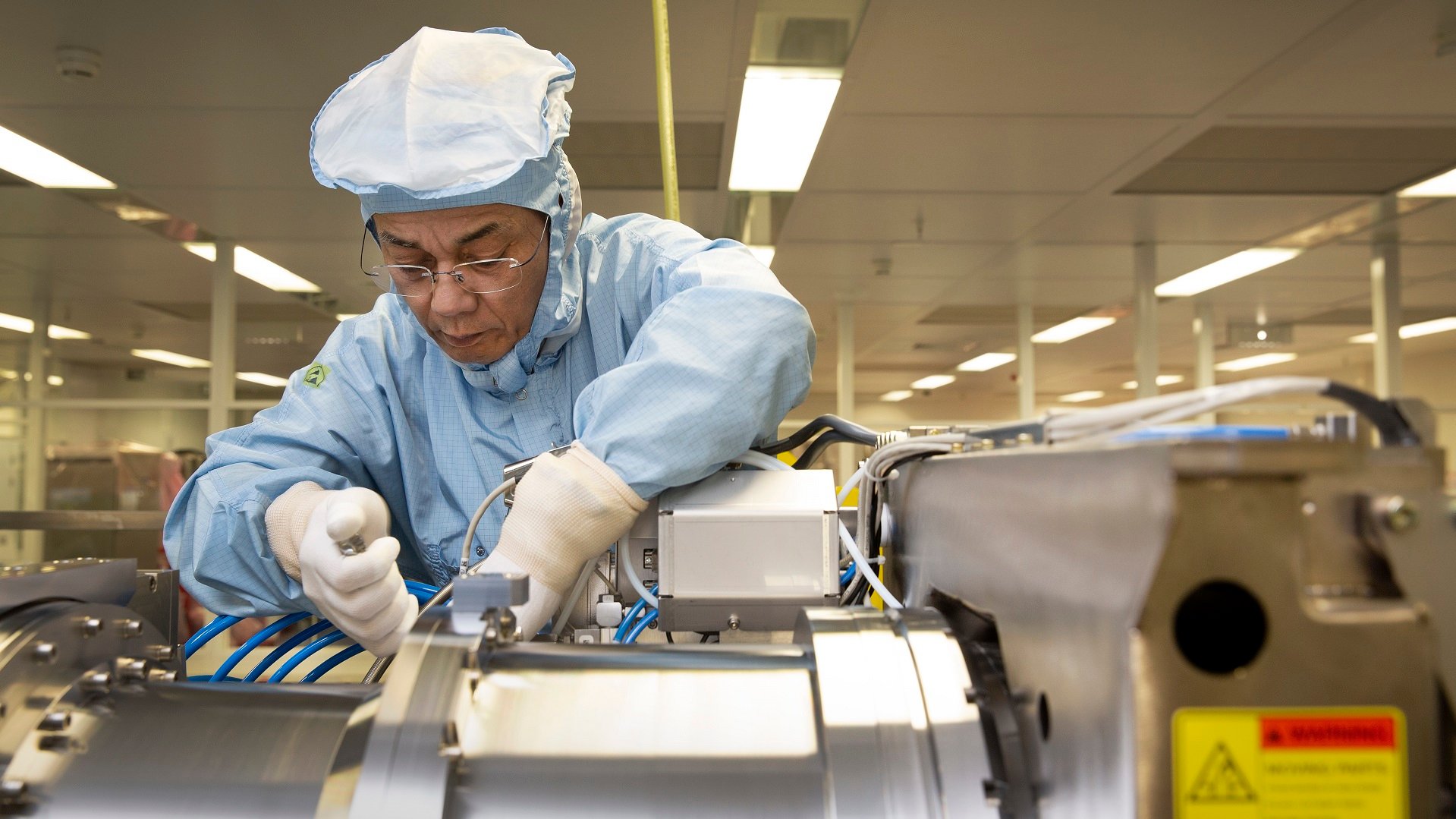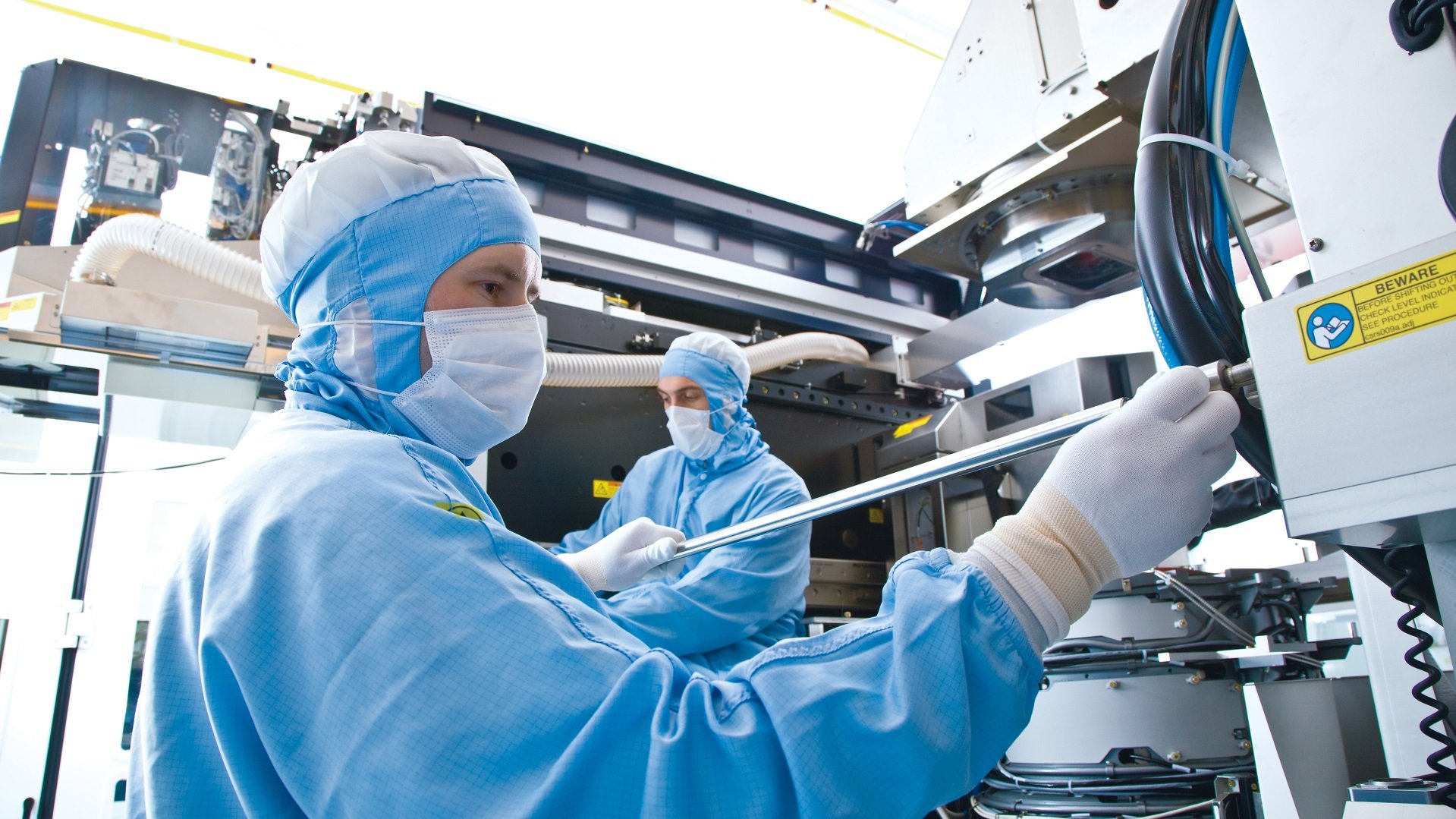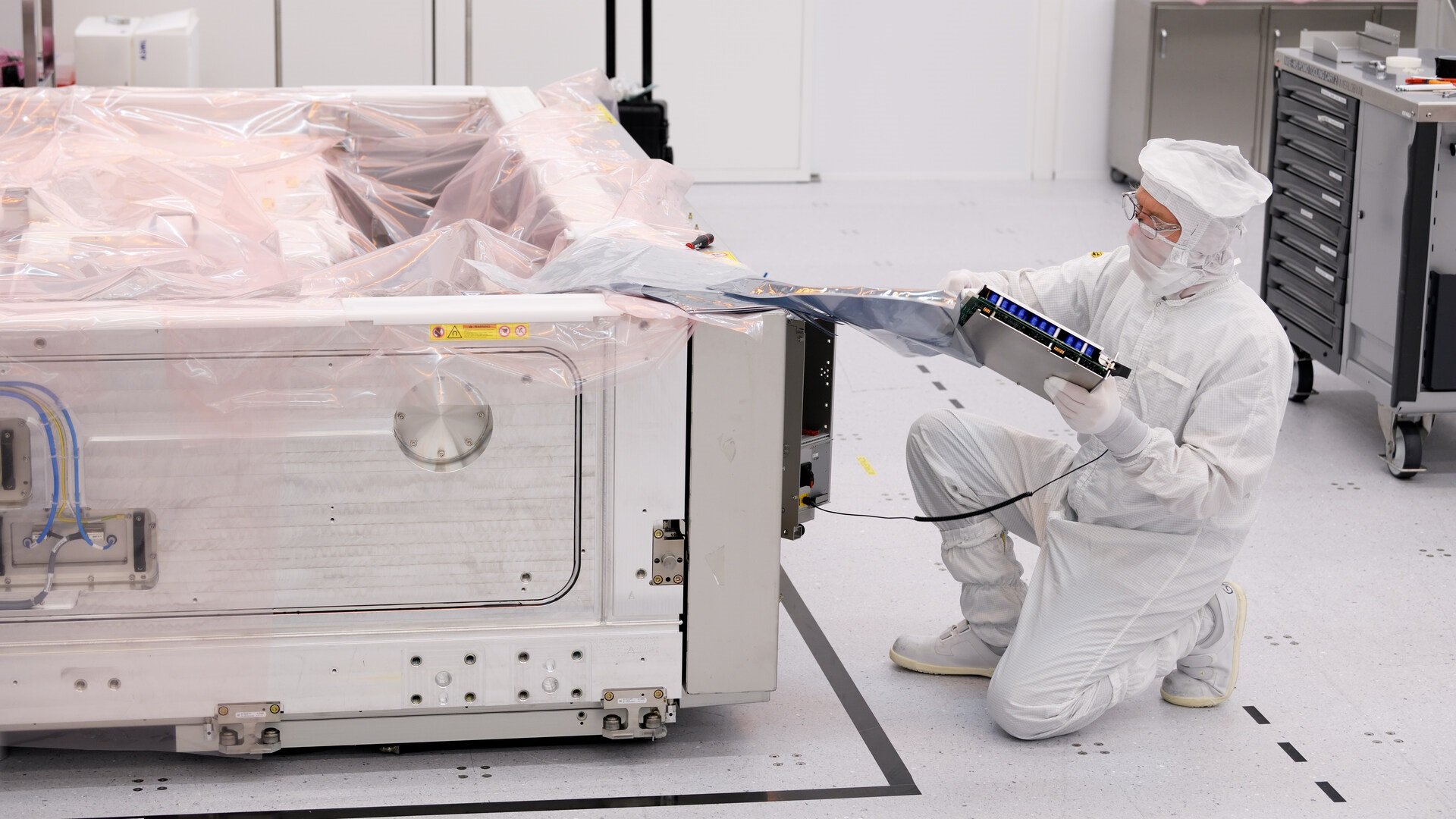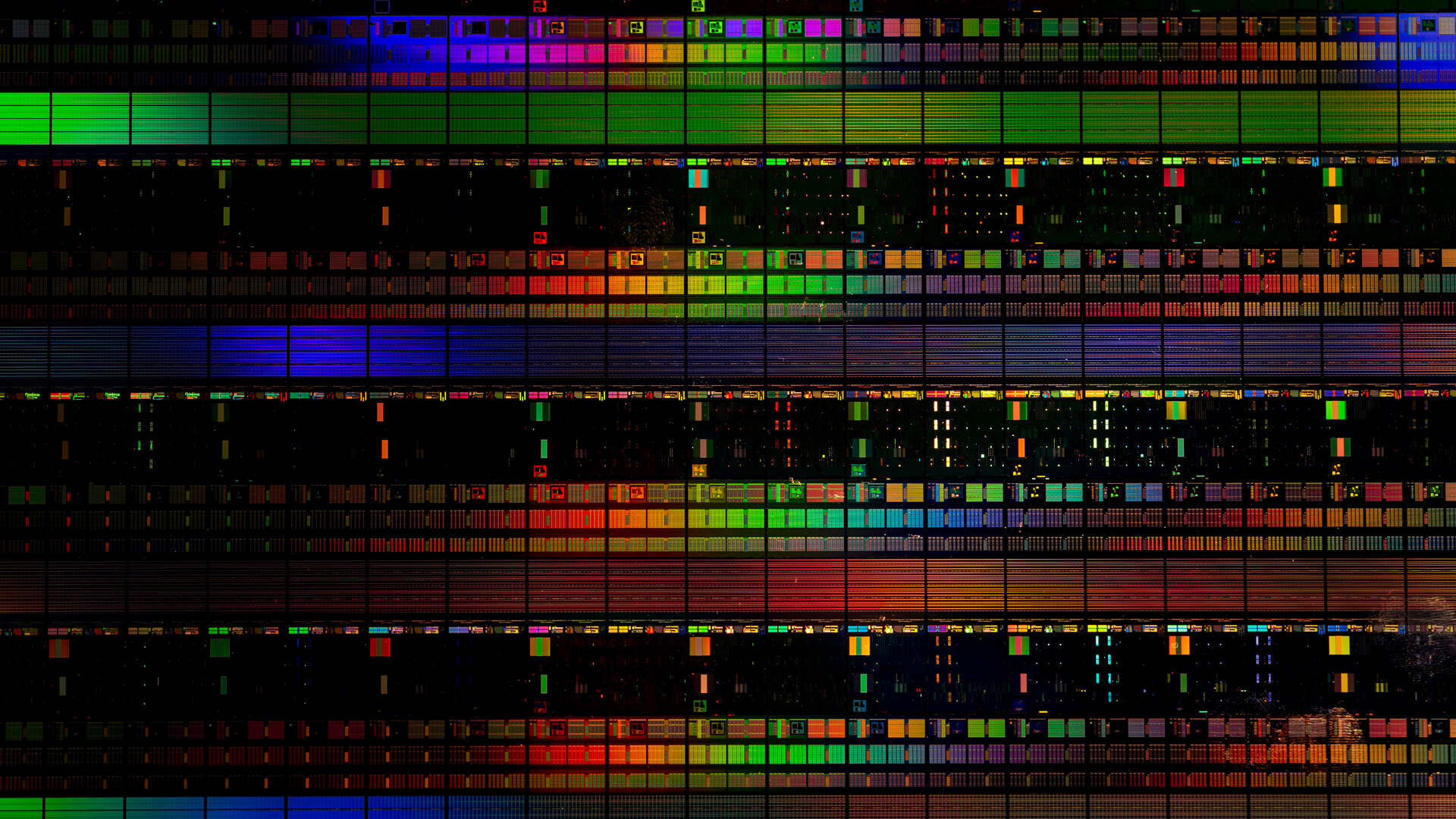3-minute read - by Andrea Powers, November 29, 2023
Did you know that approximately 95% of ASML lithography systems sold in the past 30 years are still active in the field? As of the end of 2022, more than 5,000 of our machines are hard at work in chipmaking fabs globally – a feat made possible by the fact that our systems can be repaired, refurbished and repurposed throughout their life cycles. It’s all part of our commitment to supporting a circular economy in the semiconductor industry that reduces waste, adds value and lessens environmental impact.
How does refurbishment work?
When we talk about refurbishment, this typically means that a lithography system can be repaired, reassembled and resold. ASML has dedicated teams that focus exclusively on mature systems, including repurchasing older lithography systems from our customers. We then recondition either the entire machine or its individual parts. Refurbishment takes place at one of our special facilities in the Netherlands, Taiwan, and the US. The machine can then be resold to another customer.
Refurbishment extends the lifespan of our older systems. It also reduces unnecessary waste by limiting the number of replacement parts that need to be manufactured.

Which lithography machines get refurbished?
So far, all of our refurbished lithography machines are deep ultraviolet (DUV) systems, with the PAS and TWINSCAN models being the most popular. Our EUV systems were designed with modularity and commonality in mind, so they’re set up for easy refurbishment in years to come.
In a typical year we refurbish around 30 systems, with 20–25 of those being PAS systems, due to the increased use of chips in everyday products. All that refurbishment is what has enabled around 95% of our PAS 5500 series – or approximately 1,800 machines – to still be in use in fabs across the globe.
Currently there’s a growing market in the semiconductor industry for mature DUV technology solutions. Refurbished systems provide cost-effective options for chipmakers looking to scale up in that area. In other cases, customers needing to replace parts in their mature lithography machines can use refurbished parts to keep their systems up and running.
Why are mature machines important for modern-day chipmaking?
While some chipmakers use our latest technology, such as high-end DUV and EUV systems, other manufacturers don’t need to print the finest-scale features. Those customers often find that mature DUV technology solutions better fit their business needs.
The reasons behind that choice can be logistical or financial; an older machine might meet weight or height limits in a fab or have a lower total cost of ownership. They can also be technical. For example, some chips need to be printed on smaller wafers that are thinner or made of a material other than silicon, and that functionality may not yet be available on newer systems.
The chips printed by mature lithography systems are used in a wide range of markets such as healthcare, automotive, telecommunications and research and development.

How does refurbishment support sustainability?
Our refurbishment goals are part of our commitment to a circular economy model in the larger semiconductor industry. An important principle of this model is extending the lifespan of products to reduce the negative environmental impacts of manufacturing.
By refurbishing as many older systems as possible, we help reduce the environmental strain that comes from scrapping excess materials or making new parts. We actively buy back models that are outdated to upgrade and re-use modules in newer, more supportable models. Refurbishment helps us optimize the cost of replacing parts that are no longer usable and avoid redesigning 20- or 30-year-old technologies. We also help our customers reduce waste when we buy back machines for refurbishment, which supports them in achieving their sustainability targets.




